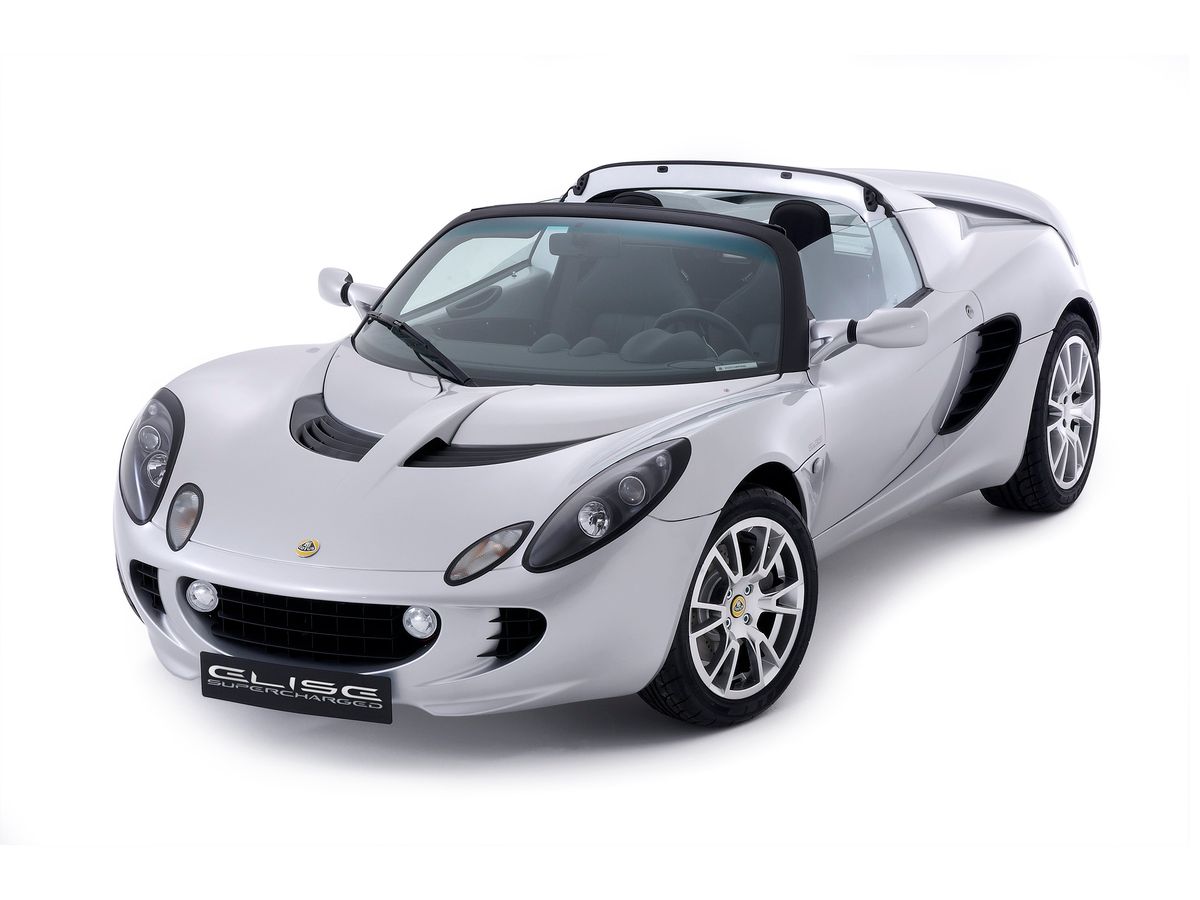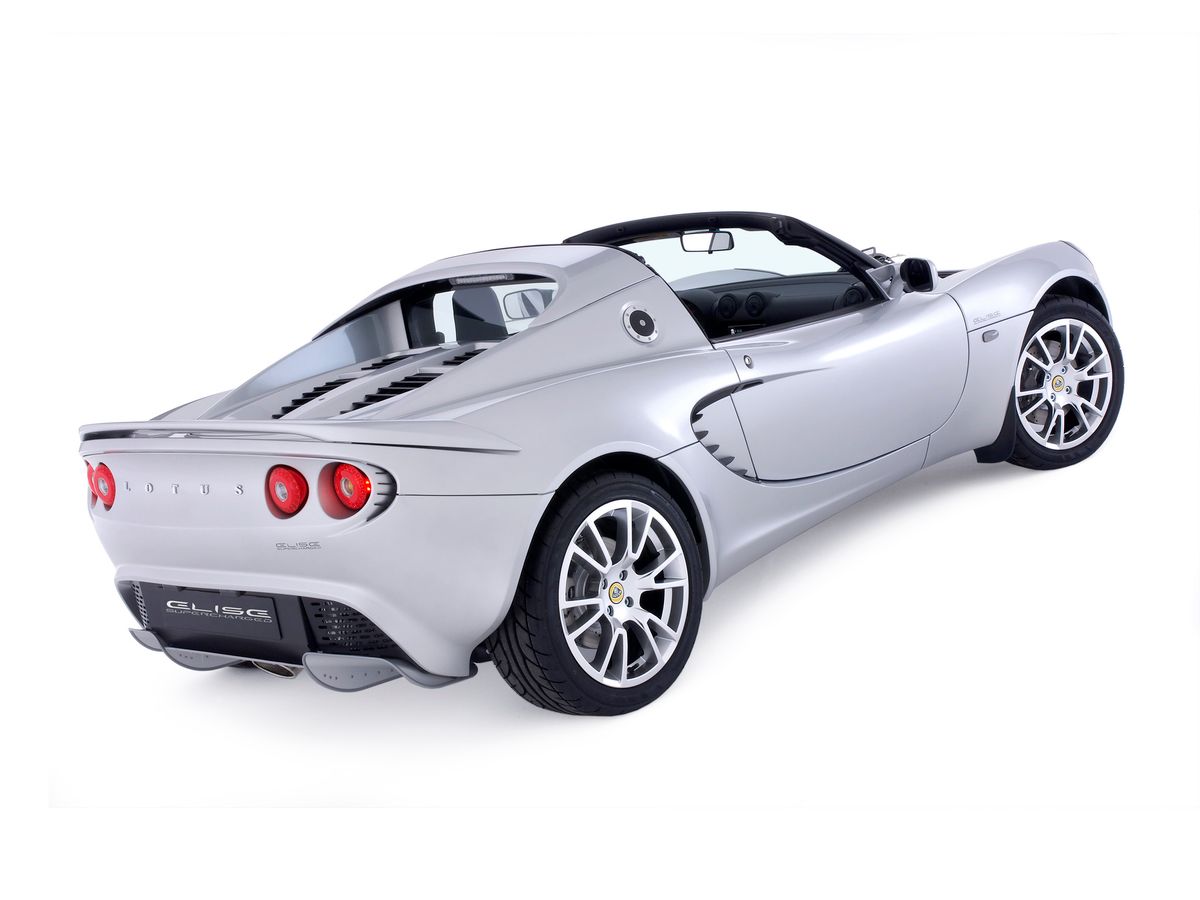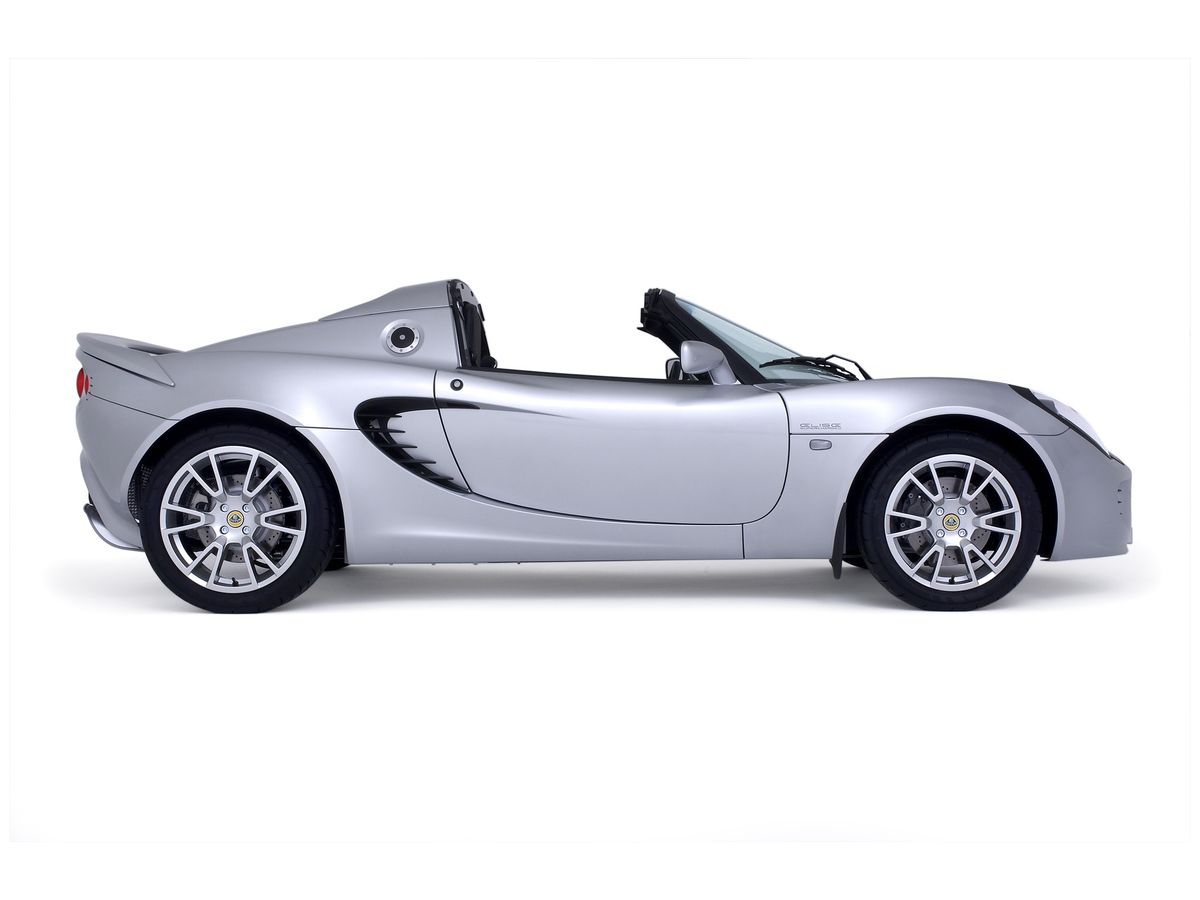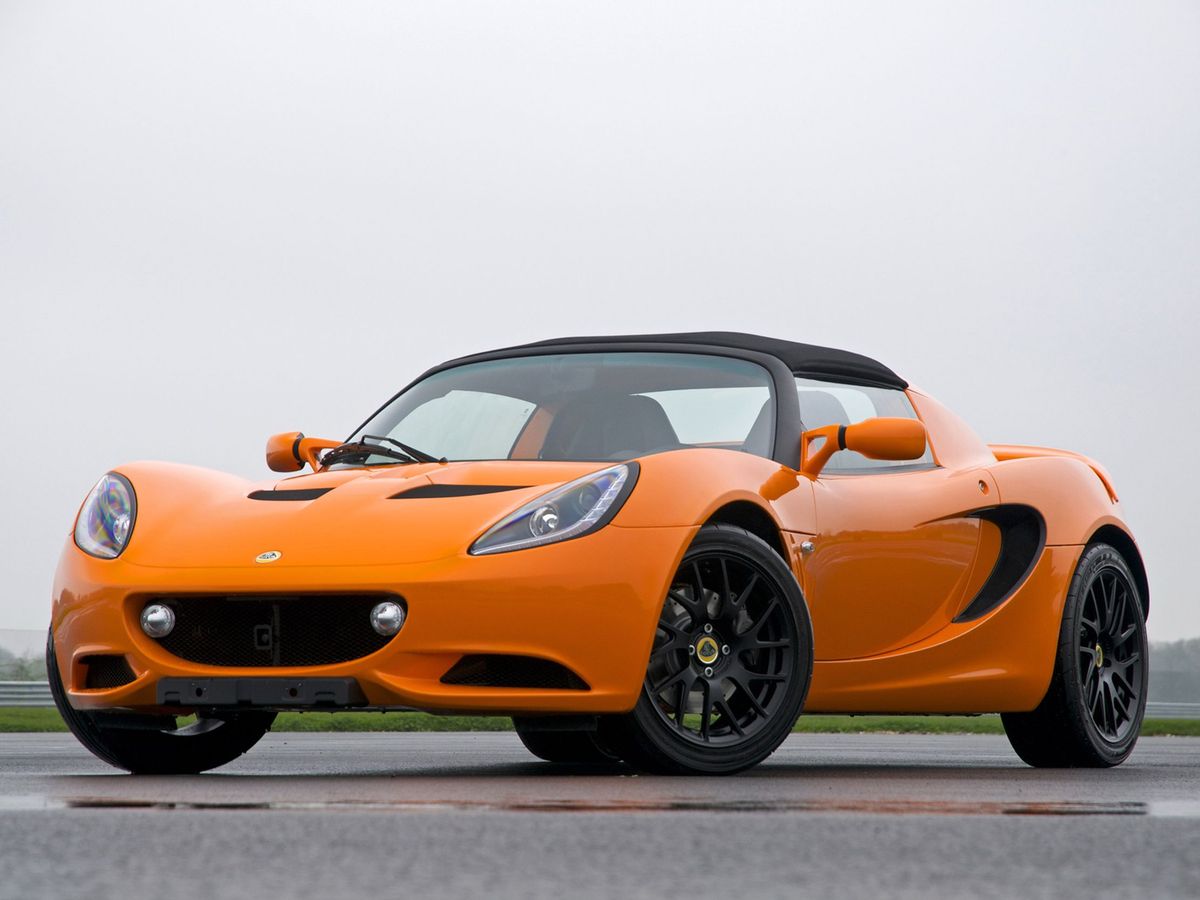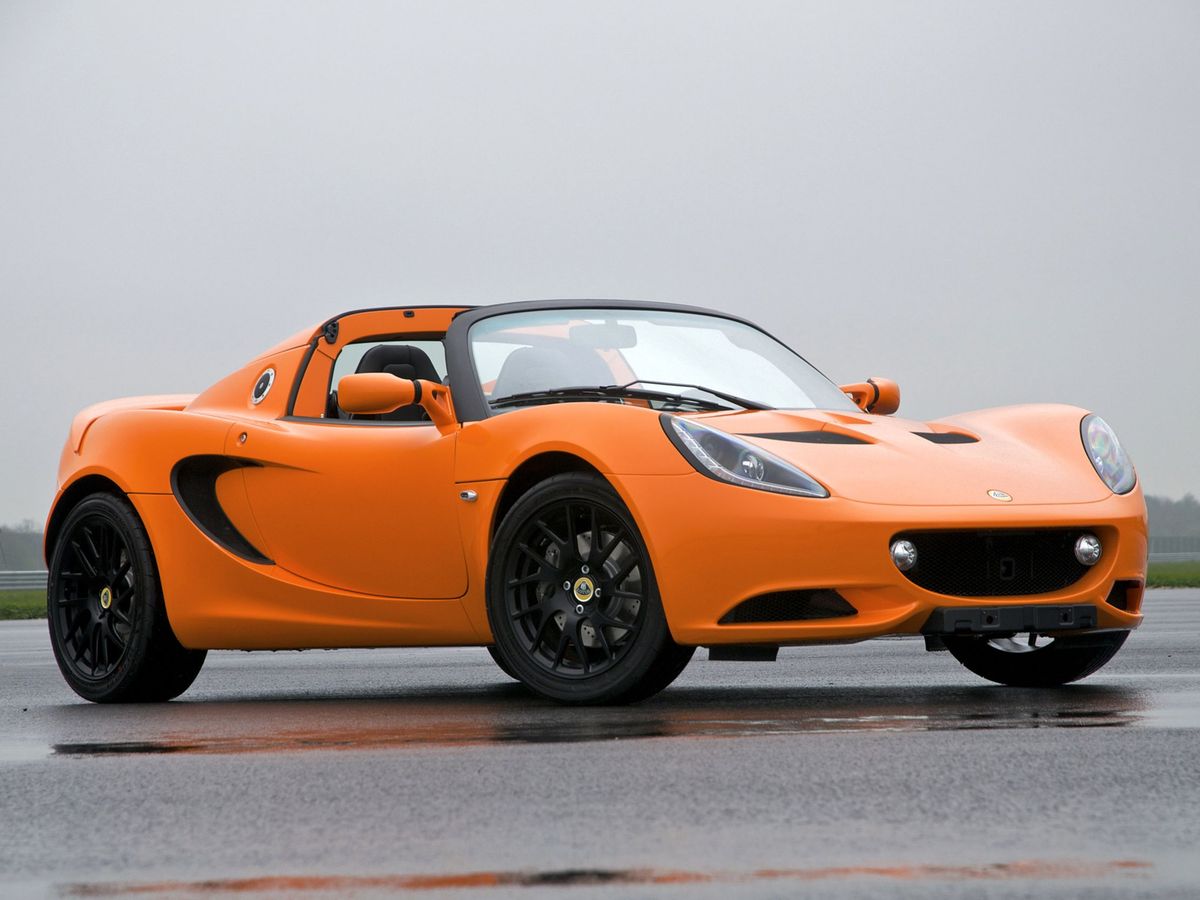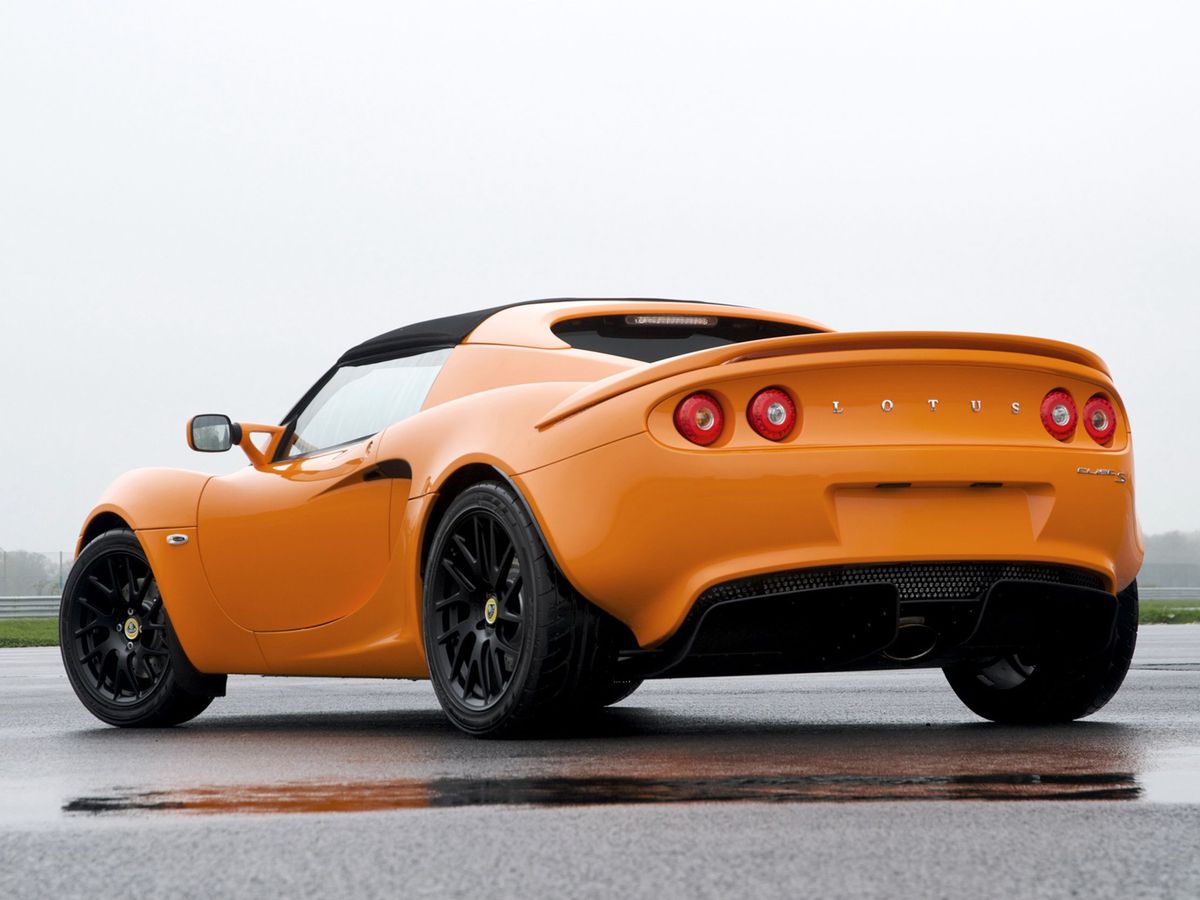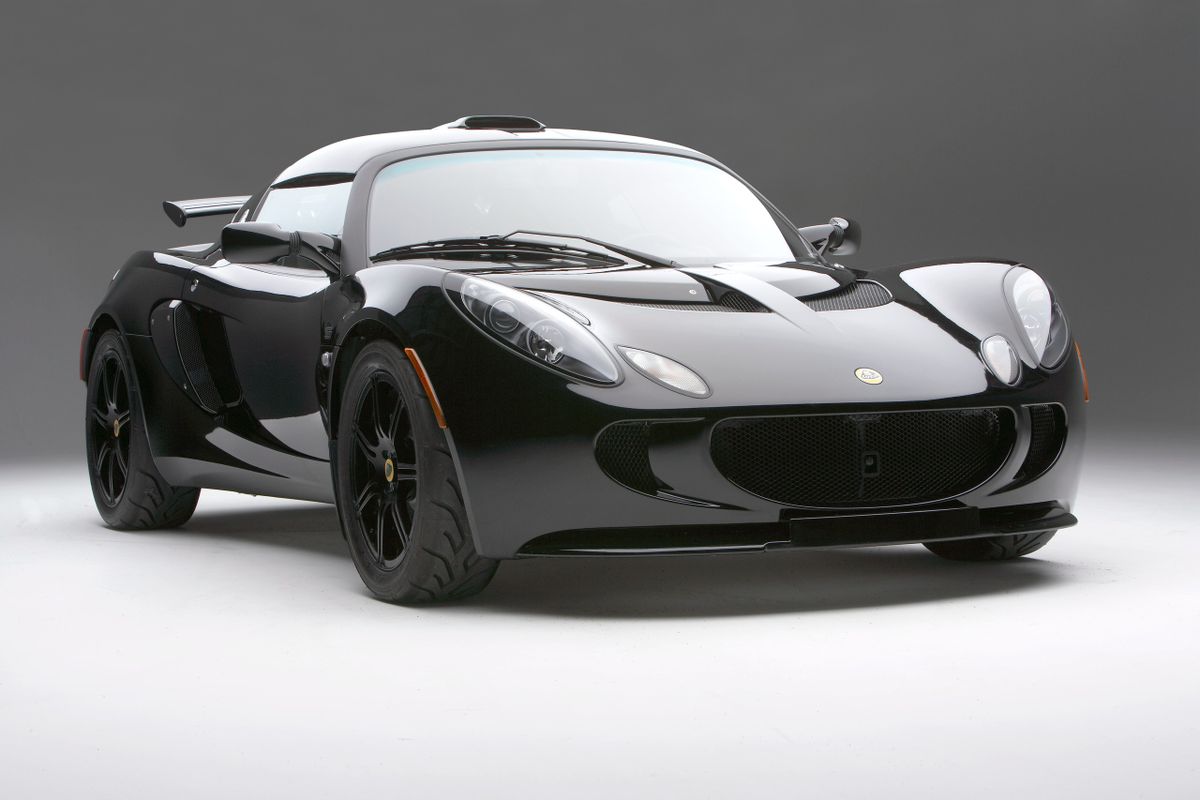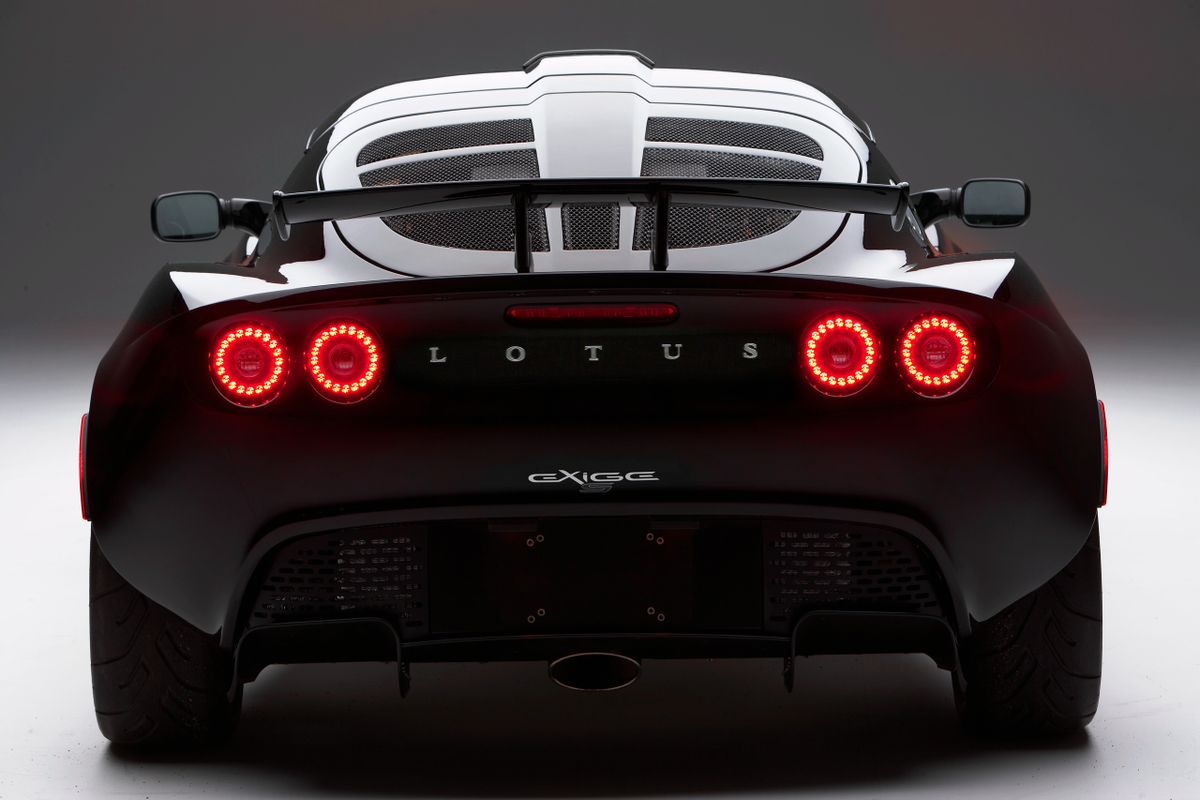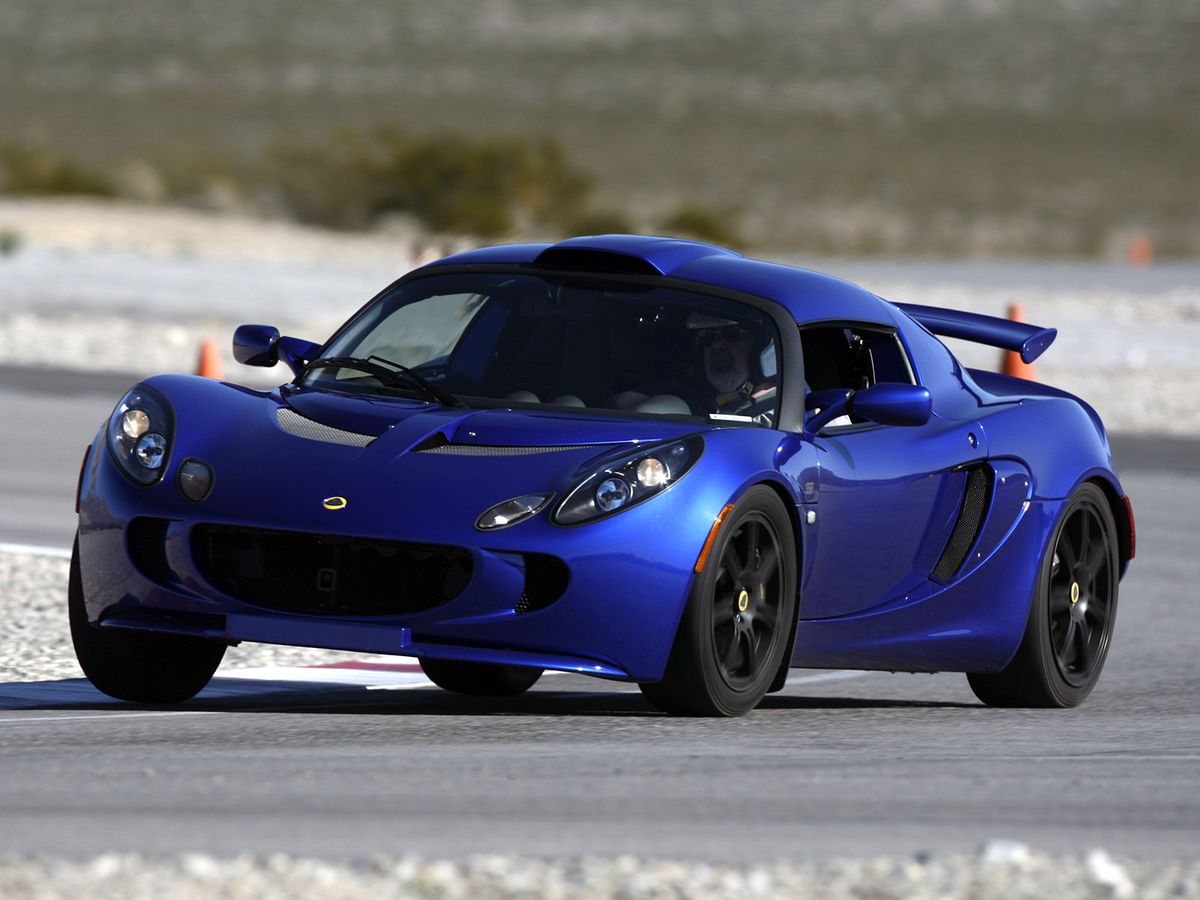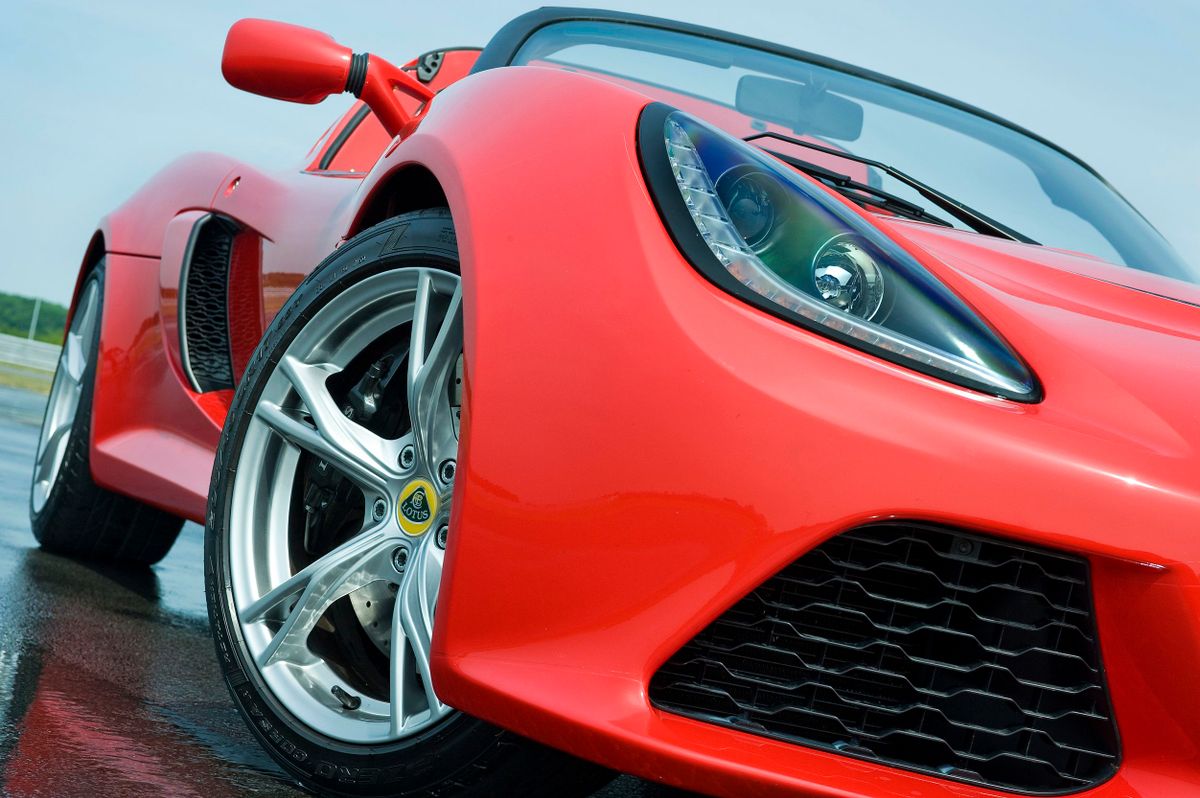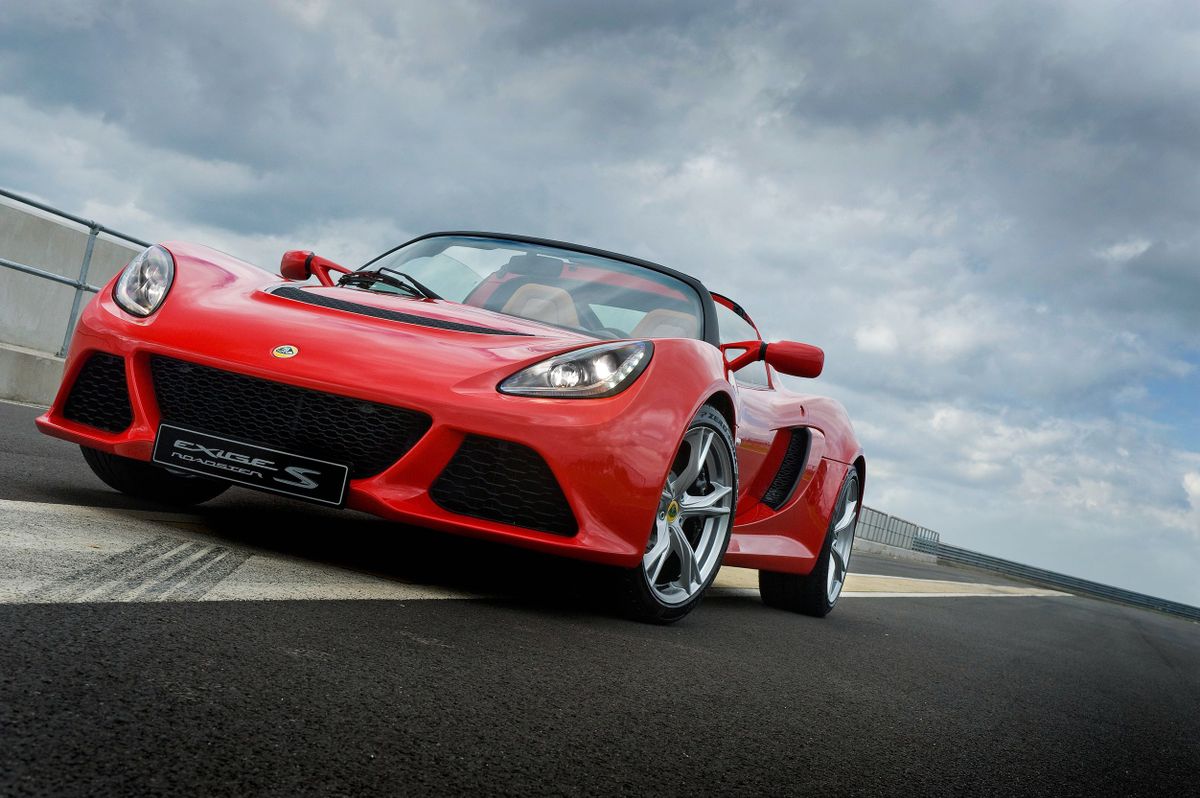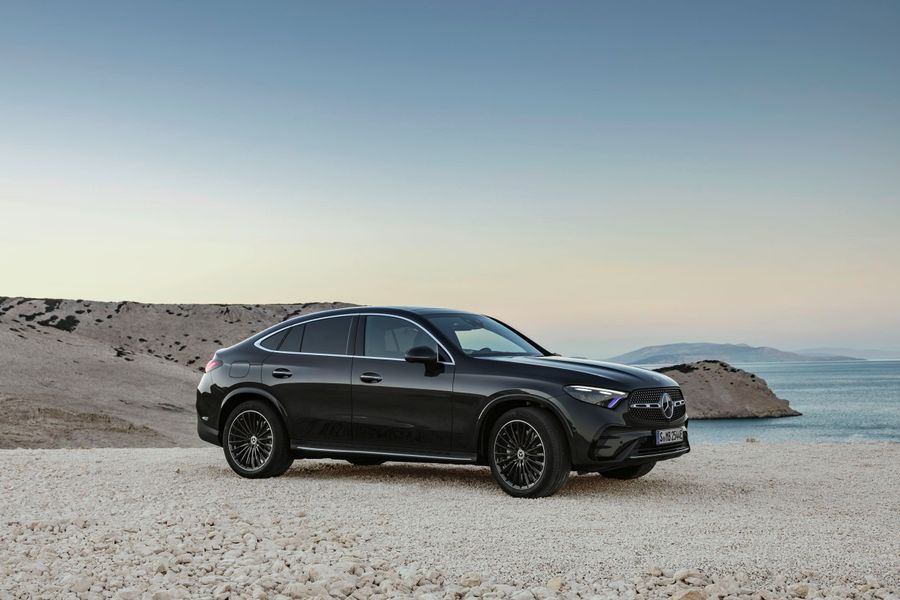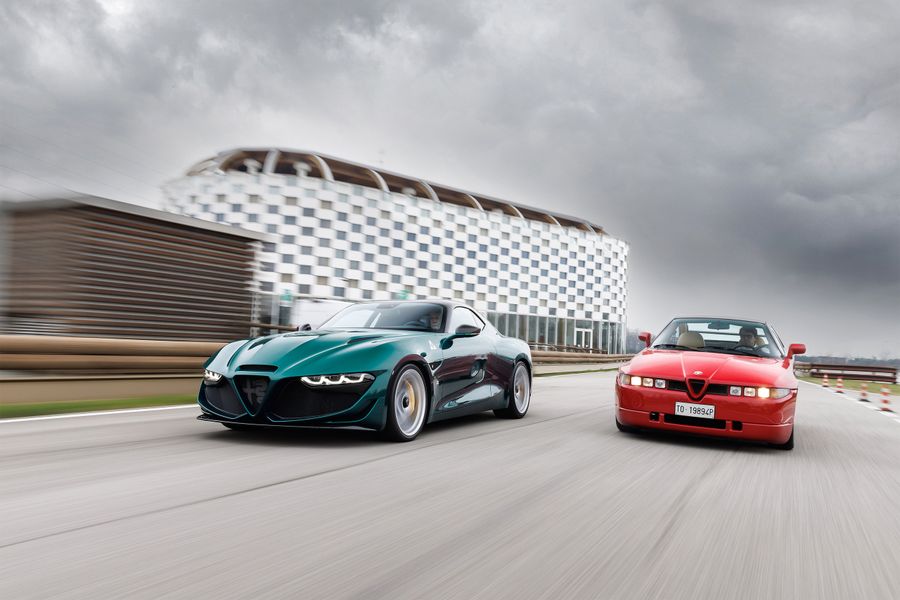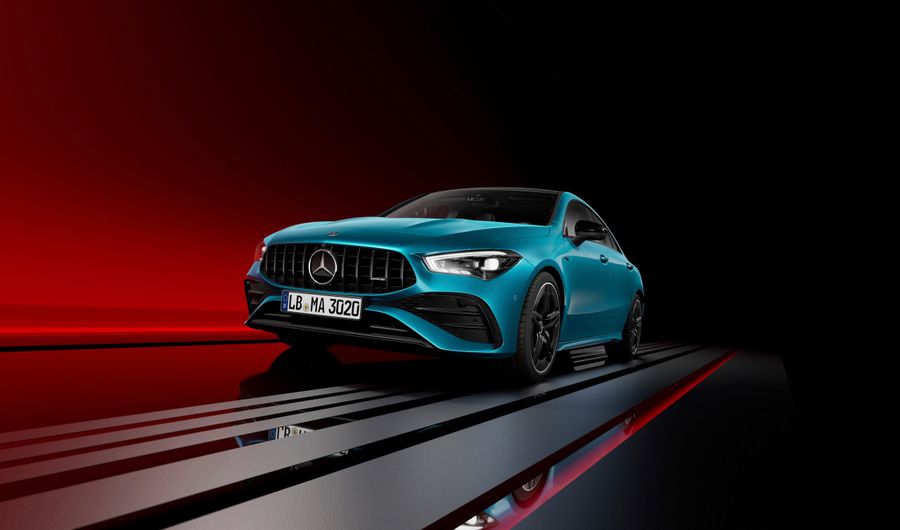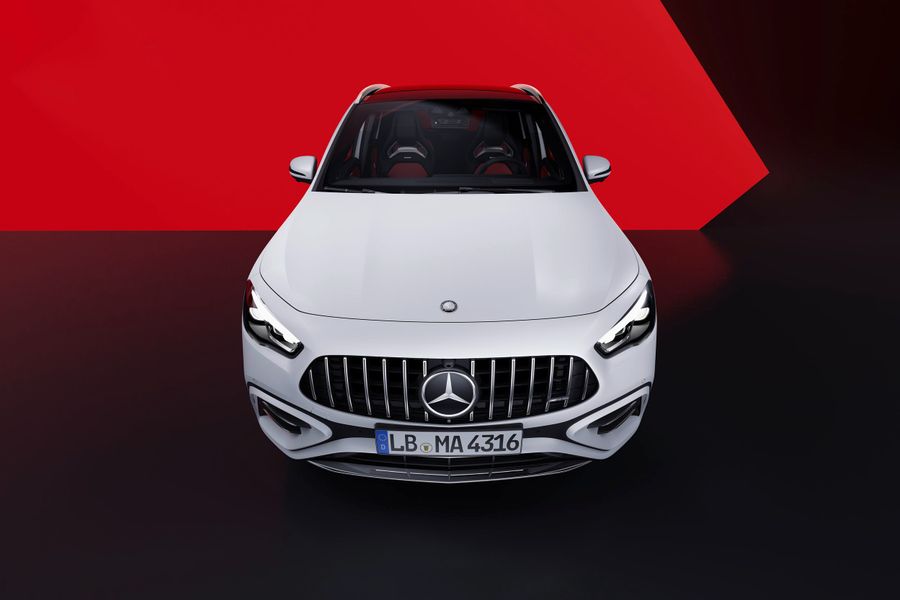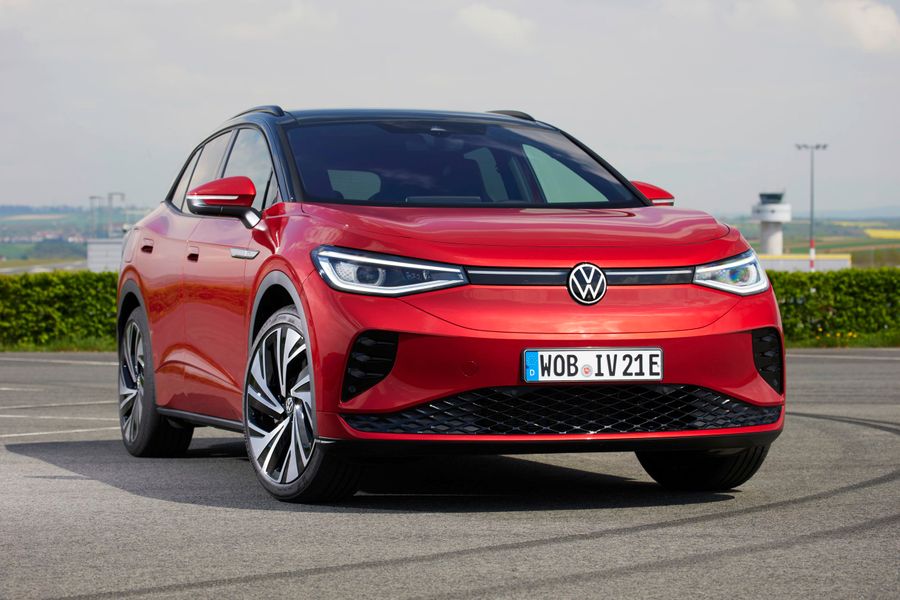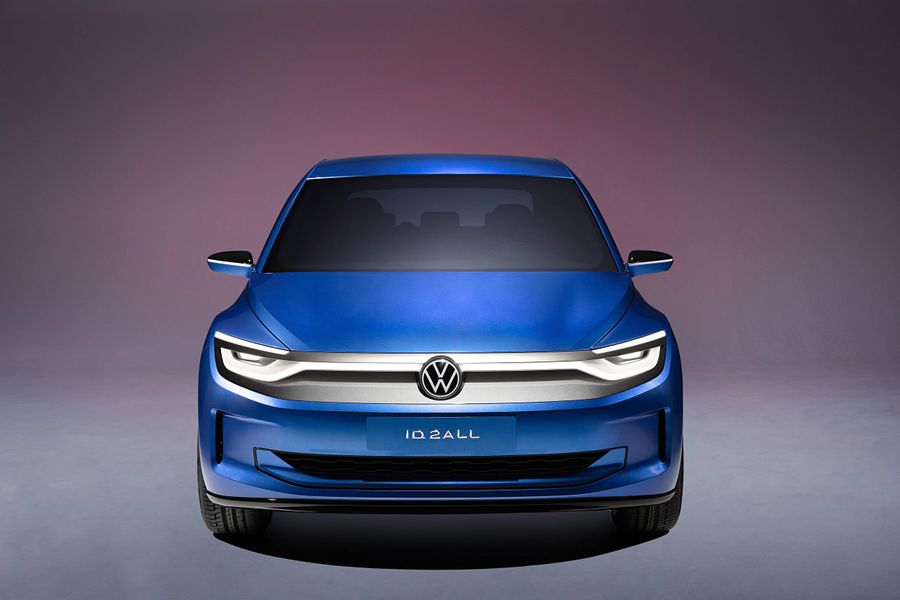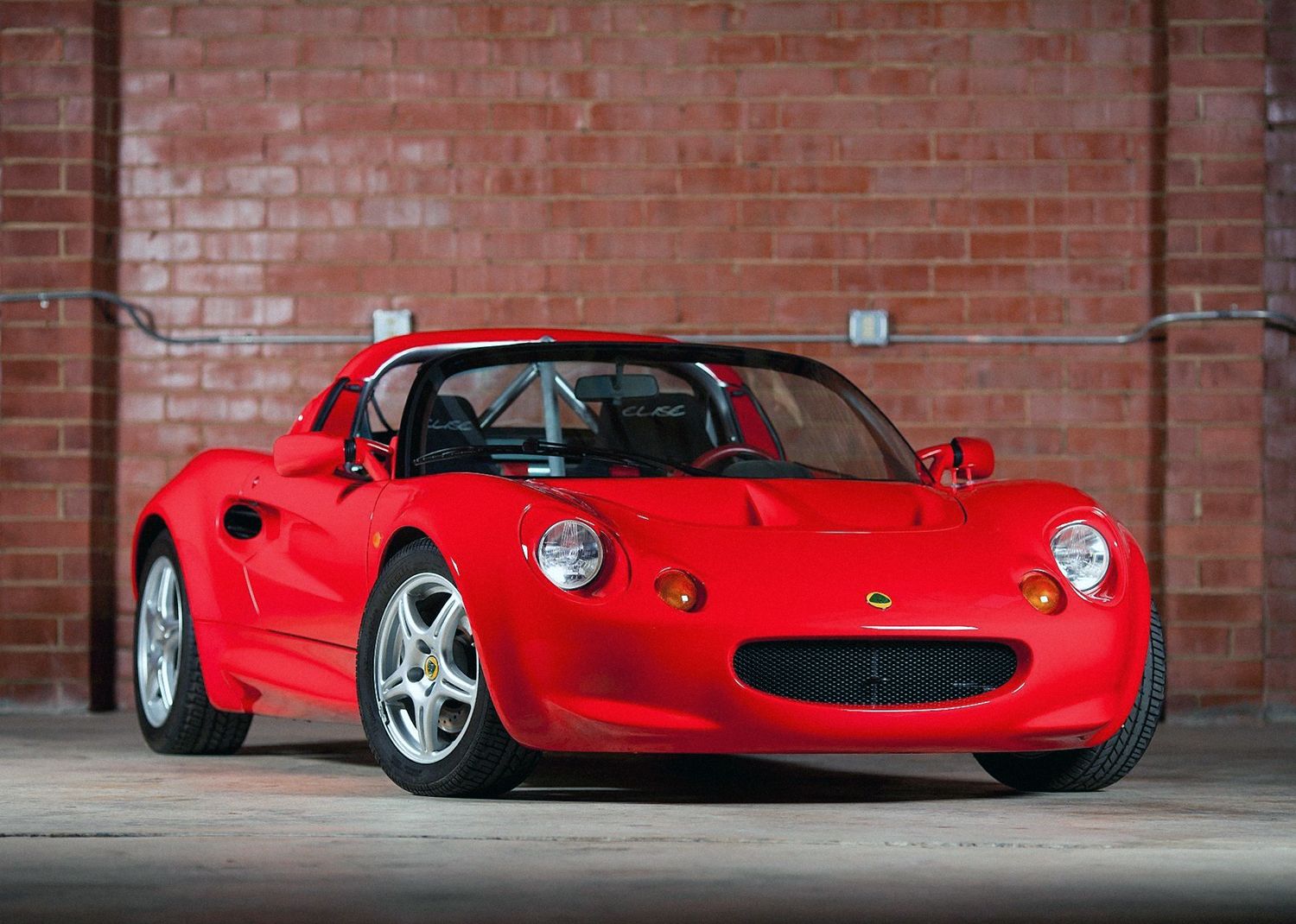
Lotus. British racing car standard
Lotus Cars is a British manufacturer of sports and racing cars, headquartered in Norfolk, England. The company was founded in 1952 by Anthony Colin Bruce Chapman as Lotus Engineering Ltd. In 1986, it was bought by General Motors. In 1993, General Motors sold it to A.C.B.N. Holdings S.A. for $30 million. In 1996, Perusahaan Otomobil Nasional Bhd (Malaysia), owning the automobile company Proton, bought a controlling stake. In October 2017, 51% of the shares of Lotus Cars were acquired by one of the largest Chinese automotive companies, Geely Automobile Holdings Limited (as of 2020).
The Lotus company was named after a beautiful and unusual flower, a lotus, symbolizing divine beauty and spiritual purity. The Lotus Cars logo combines two colors: green, traditional for British racing, and yellow, specifically used for painting the bodies of Lotus racing cars. In addition, the company founder’s initials are intertwined in the monogram. The company started its official operation on January 1, 1952.
The original production facility was located in a former horse stable in Hornsey. It was only in 1966 that it was moved to a modern factory near the village of Hetel. An old military airfield is located next to the plant, which has been converted into a test track.
The company has always been primarily focused on the creation of sports cars for the 24 Hours of Le Mans, Indy 500, Formula Junior and, most importantly, for Formula 1 races. But the company also created more ‘civilian-oriented’ two-seater versions of cars. Such world famous racers as Jim Clark, Graham Hill, Emerson Fittipaldi, Aierton Senna, Mika Hakkinen, Johnny Herbert have brought the Lotus team victory in the Formula 1 many times. Throughout its history, the team has won 79 Grand Prix competitions. And Colin Chapman celebrated his 50th Grand Prix victory prior to Enzo Ferrari, despite the fact that Ferrari won their first Formula 1 9 years before Lotus’s first success.
The ideas of Chapman and his designers have seriously influenced the exterior and design of all Formula 1 cars. The most important finds comprise the use of a monocoque, spoilers, ground effect, side radiators, and active suspension.
The Lotus Cars logo combines two colors: green, traditional for British racing, and yellow, specifically used for painting the bodies of Lotus racing cars.
A significant place in the history of Lotus belongs to projects commissioned by various automakers. Since the early 1960s Lotus Engineering has been designing chassis, engines and handling tuning mainly for sports cars. In the 2000s, the company also started consulting on electric vehicles and hybrids.
Currently, Lotus Cars creates brilliant examples of engineering for those who love fast driving, such as the Lotus Exige coupe and Lotus Evora, and the Lotus Elise roadster.
Popular models
Immediately after the creation of the company, the famous Lotus-7 car was presented to the public, which went into serial production in 1957. That’s when the company started working on their cars for the Formula 1 championship. In subsequent years, the cars, which were designed with an active involvement of Chapman himself, won the world championship 7 times.
In 1957, the manufacturer presented the Lotus Elite, an elegant coupe with a fiberglass body. The Coventry Climax powertrain (four cylinders) could generate 76 hp at 6,100 rpm. The GT racing version developed 104 hp. The lightweight car could accelerate up to 200 km/h and was easy to handle.
The next model, the Elan, turned out to be even more successful. The car was available in a closed or open design version and was equipped with a reliable engine, which was based on the Ford Cortina’s unit, with an added head with two camshafts. Journalists tirelessly extolled the Lotus Elan.
Another popular model, the Lotus Europa, had several unique features. The Renault 16 engine was located in the middle of the body. Moreover, the body could be considered perfectly aerodynamic. In 1973, Caterham Cars introduced the Lotus Seven into production, resulting in the creation of the Caterham Seven modification, which keeps on getting new upgrades even now.
In the 70s, the company presented the second generation 2-liter Elite car with excellent environmental performance. After it, there was a modification with a fastback body, the Eclat, which became the platform for creating the Excel model that was produced almost to the present day.
For a quarter of a century, the mid-engined Lotus Esprit has been a true standard of the British sports car.
In 1975, the manufacturer introduced the mid-engined Esprit. For a quarter of a century, this model has been a true standard of British sports cars. The British Esprit is often compared to the Italian Ferrari. Restyled in 1987, the Esprit Turbo became a real small-sized super-creation of the company. In 1981, it was named the best car, after acquiring a turbocharged engine. To this day, the company produces two transformations of this car: the Lotus Esprit S4 and the Lotus Esprit V8.
One of Lotus' favorite cars is the little Elise roadster. The two-seater roadster, created in 1995, immediately caught attention of those who love sports cars. Its highlight was the original exterior and interesting body structure. The Elise coupe model had the Exide modification. It was the city street version of the sporty Elise, which was designed for circuit racing.
In recent years, Lotus has begun to reassert itself. And although Lotus car models are rarely upgraded, perhaps that is precisely why, they are considered the British racing car standard.


